Case study | Horb
At-home hormone tracking
The challenge
Our FemTech team continually explores the FemTech space – uncovering emerging trends, innovations, and unmet needs – and recently examined a historically under-researched area of women’s health: reproductive health.
Assembling and collaborating with an international panel of women’s reproductive health experts, we reviewed and prioritized three overarching themes innovative solutions could transform the future of reproductive health:
- access – the right products and services at the right time
- quantify – measure what’s ‘normal’ for women and their health
- personalize – through meaningful, actionable insights.


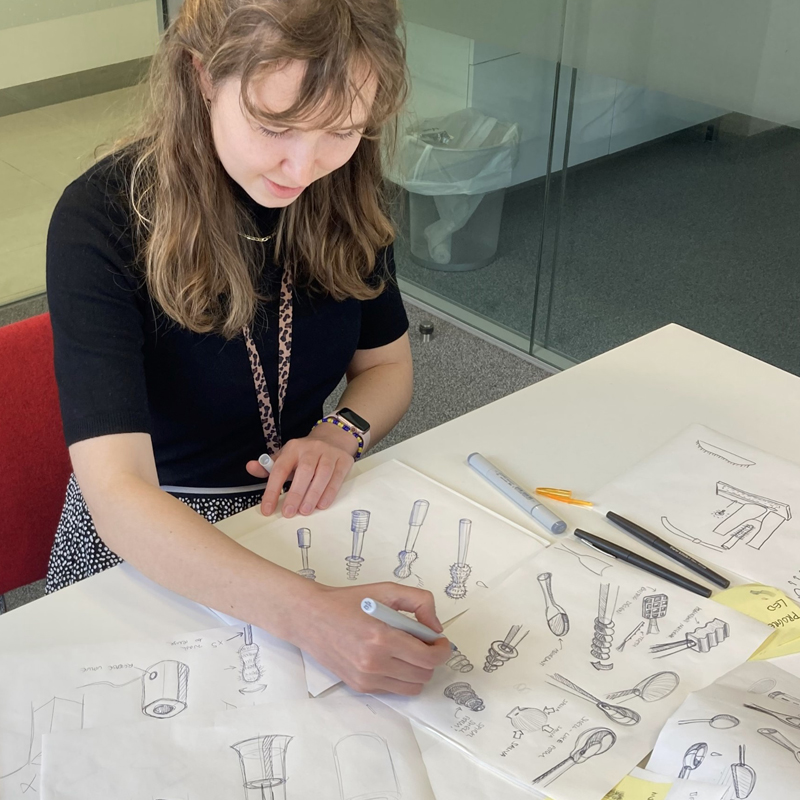
Our approach
We used our tailored, user-centric ‘Define’ Design Sprints to move rapidly from problems to opportunities and through a long list of possible solutions onto illustrative prototypes, which started to bring a possible solution to life.
Our FemTech team began understanding current trends and identifying unmet needs and contexts. We distilled key insights and themes into lead opportunity spaces, against which we could develop focused value propositions.
Through collaborative working sessions, the multidisciplinary team explored various ideas and down-selected an early-stage concept for a connected device that would enable women to track their hormone levels at home and discover their ‘normal’.
We assessed existing hormone-tracking technologies and evaluated their potential to form a user-centric solution, coming to focus our attention on the rapidly advancing science of saliva diagnostics, which enables the tracking of progesterone.
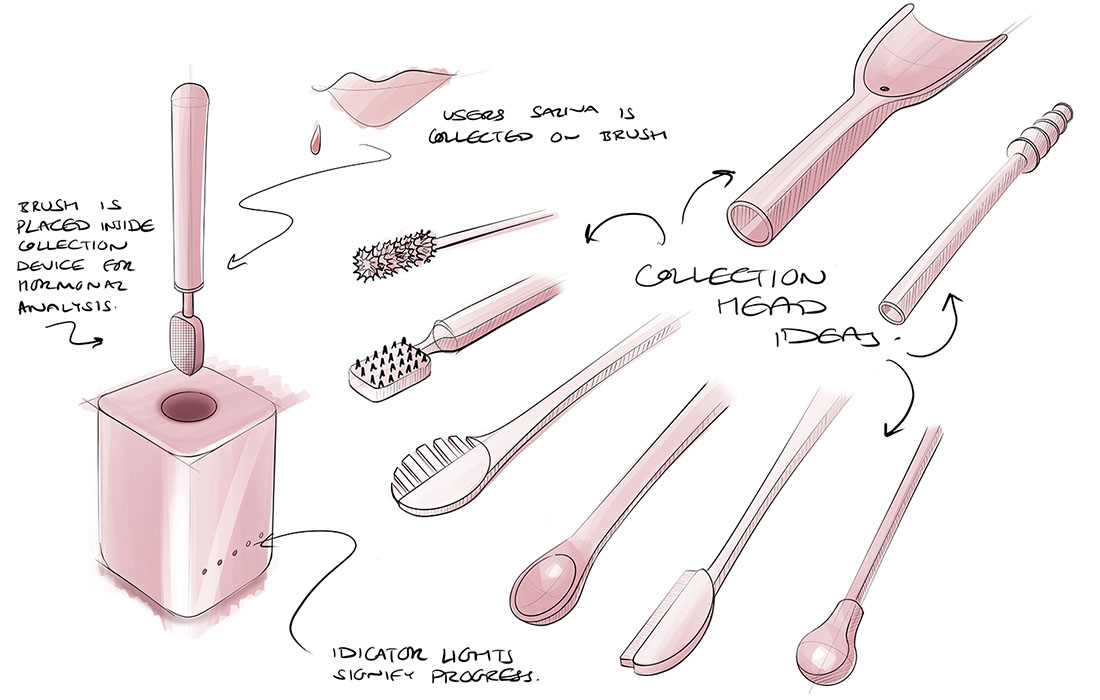
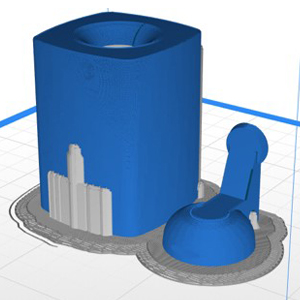
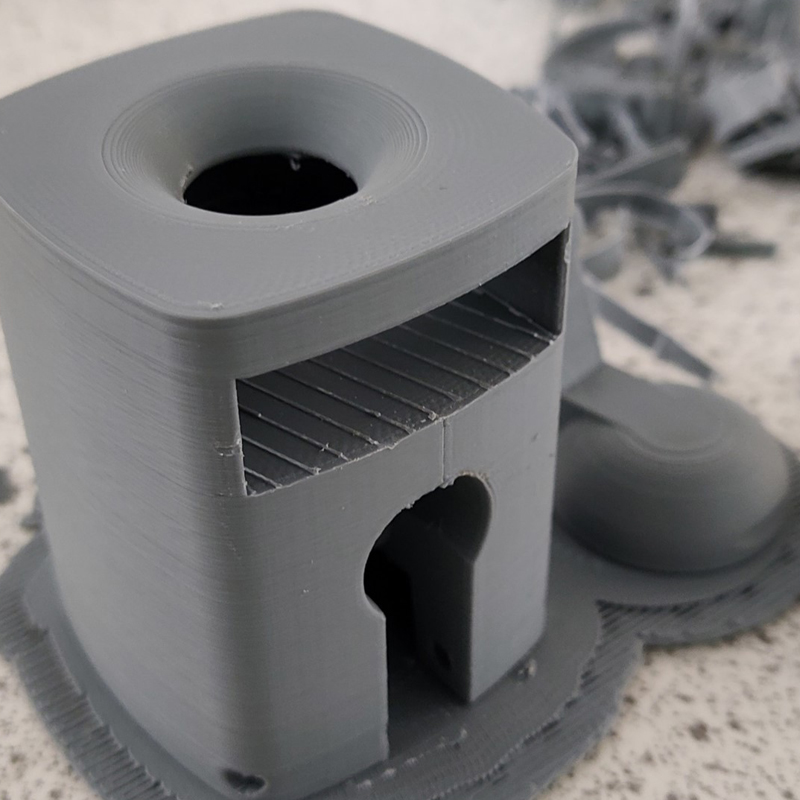
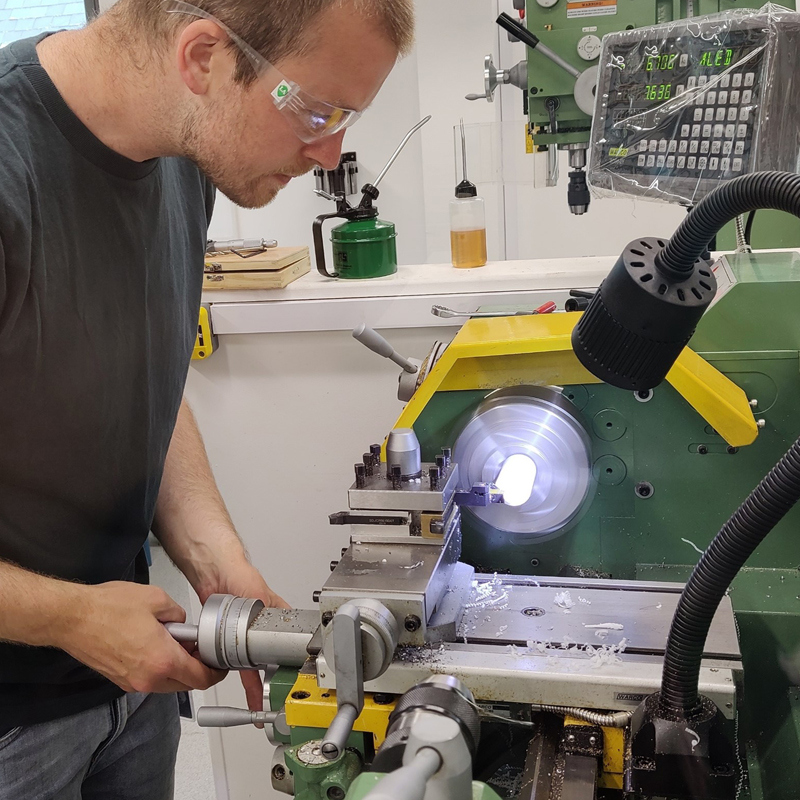

We moved quickly through prototyping, from early concept sketches and renders to high-fidelity, ‘looks-like’ models. An important consideration was ensuring an intuitive and enjoyable user experience – existing solutions for at-home hormone tracking require users to adopt new behaviors, often resulting in low adherence and obstacles to widespread adoption.
The result: Horb – a concept for an at-home diagnostic device that measures hormone levels while seamlessly integrating into users’ daily routines. Before daily teeth brushing, users would use a unique collection swab to take a saliva sample and deposit the swab head into a countertop diagnostic device. This would then analyze the sample and take the reading while they brush their teeth. The diagnostic device would connect via Bluetooth to an app, allowing users to monitor their daily hormone levels and receive pertinent data insights. The app would also provide a general picture of their reproductive health through synthesizing Horb data and health data from other wearables such as the Apple Watch and Oura ring.
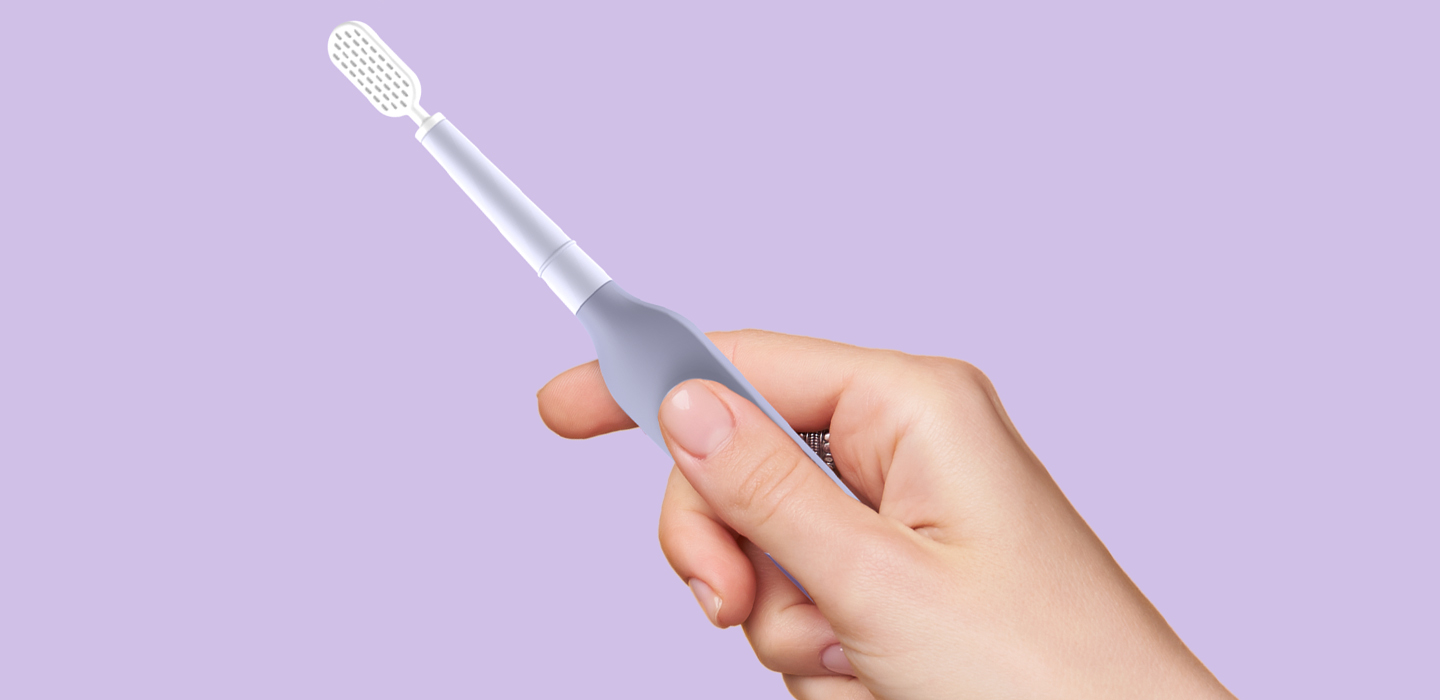
The value we created
Leveraging established science and existing technology, we created a concept for an at-home hormone-tracking solution that minimizes the burden of use and offers an intuitive and enjoyable experience.
The data generated by Horb would help women understand their hormone levels, enabling them to find out what’s ‘normal’ for them and identify deviations from their baseline, which they can follow up with their clinician.
Horb could form part of the CDP Mosaic digital ecosystem. By supplying data not currently captured by wearables such as the Apple Watch and Oura ring, Horb would provide another piece of the puzzle to enable a more complete, personalized, and accurate baseline to help women understand their health.
Partner with us to continue Horb’s development journey – email: femtech@cambridge-design.com.


